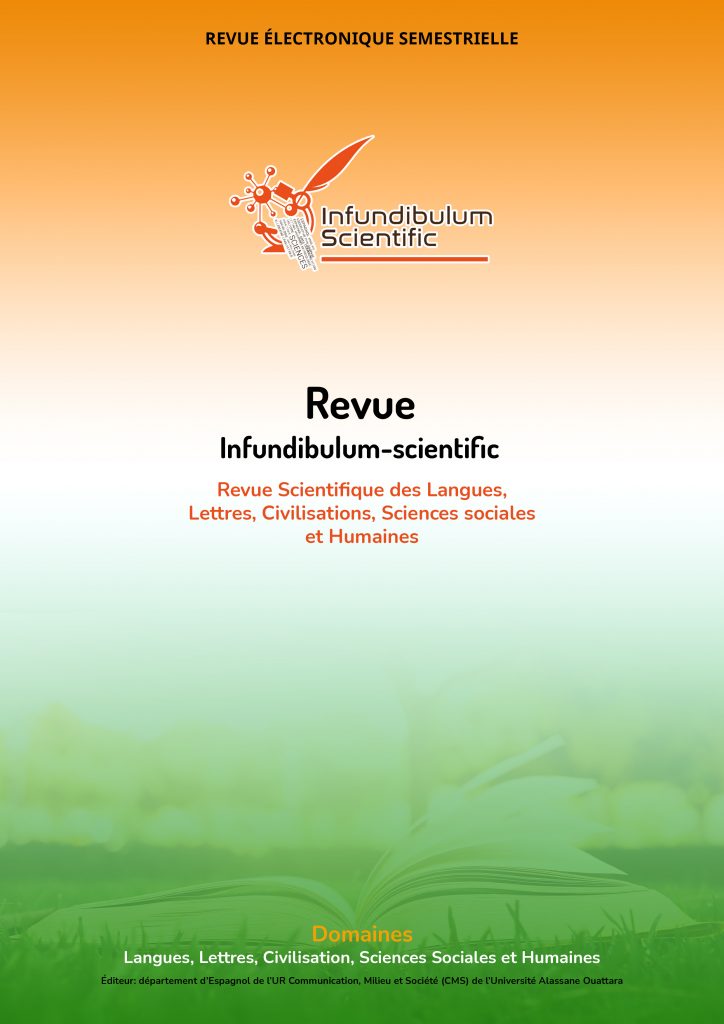LA FIGURA DE SCHWEITZER EN IL EST MINUIT DOCTEUR SCHWEITZER Y LE GRAND BLANC DE LAMBARÉNÉ ENTRE MITO Y REALIDAD
Résumé
Dans ce travail nous abordons la question des représentations cinématographiques du personnage d’Albert Schweitzer ; le médecin, musicien, philosophe et théologien allemand, qui est un sujet d’intérêt pour de nombreux chercheurs en raison de son engagement en faveur de la paix et de la justice. Cependant, la question de savoir si ses représentations au cinéma reflètent la réalité historique ou sont influencées par le mythe qui s’est développé autour de sa personnalité est encore sans réponse et d’actualité. C’est pourquoi, l’objectif de cet article est de participer à cette discussion en examinant deux films qui représentent Albert Schweitzer : Il est minuit Docteur Schweitzer et Le Grand Blanc de Lambaréné. En analysant les représentations du personnage de Schweitzer dans ces films, cet article offre donc une contribution à la compréhension de la façon dont le mythe s’est construit et déconstruit autour du personnage historique représenté à l’écran, et la manière dont ces représentations influencent notre compréhension de la vie et de l’œuvre de Schweitzer.
Abstract
In this paper we address the question of cinematic representations of Albert Schweitzer, the German physician, musician, philosopher and theologian, who is a subject of interest to many researchers because of his commitment to peace and justice. However, there is still much debate as to whether his representations in movies reflect historical reality or are influenced by the myth that has developed around his personality. Therefore, the aim of this article is to contribute to this discussion by examining two films that represent Albert Schweitzer: Il est minuit Docteur Schweitzer and Le Grand Blanc de Lambaréné. By analysing the representations of Schweitzer’s character in these films, this paper thus offers a contribution to the understanding of how myth has been constructed and deconstructed around the historical figure portrayed on screen, and how these representations influence our understanding of Schweitzer’s life and work.

